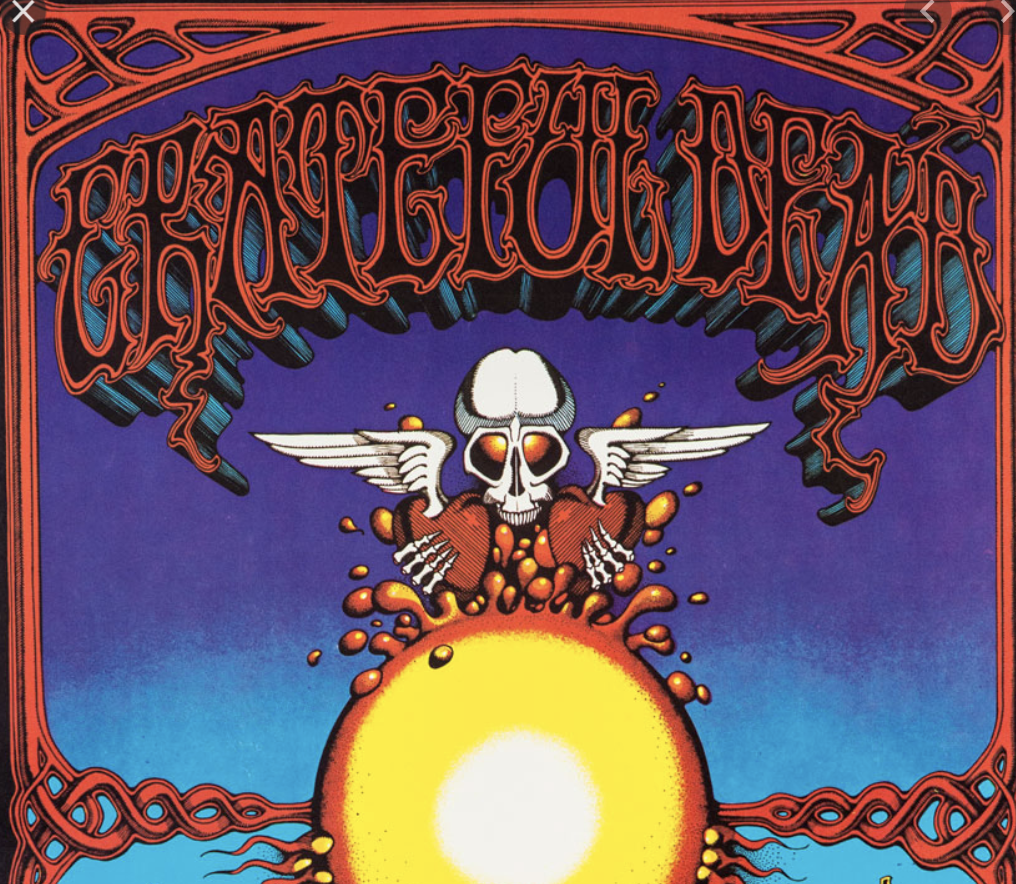
Richard Alden Griffin was born June 1944 in Los Angele, California to James and Jacqueline Griffin. His dad, James, was an electrical engineer and an amateur archeologist and his mom was a housewife. When Rick’s dad was young he wanted to work at Disney but he was not allowed, on the pretext that you could never make a living as a cartoonist. It seems the message was passed on to the next generation but Rick’s response to it was to be the opposite of his father’s.
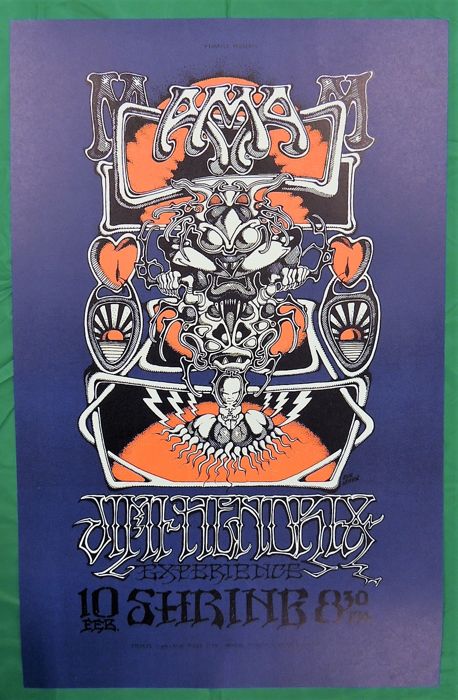
Rick grew up in Lakewood city in Los Angeles County in the 1950s. In 1958 Rick moved to the Palos Verdes Peninsula between Los Angeles and Long Beach, an area famous in the 1950s for its surfing culture. Reading and collecting comic books was one of his main interests, surfing was the other. He enrolled to Alexander Fleming Junior High. The summer before entering Narbonne High School he surfed all summer – he had learned to surf at age 14. While in high school he started doodling surfers on T-shirts and notebook covers for his school buddies for 50ȼ a piece. He contributed to the school yearbook with his artwork. He was also a member and artist for the Haggerty’s Surfing Club thanks to Greg Noll, a big wave surfer who had a surf board shop in Hermosa Beach. Rick would draw cartoon images on the walls of the shop and illustrated Noll’s first annual surf publication. It was then that he met John Severson, the publisher and owner of “Surfer” magazine. John liked his cartoon drawings and hired him to draw a comic strip for the magazine. The main character of the strip called “Murphy”, a little gremlin who looked a lot like him, made it out for the first time from the pages onto the cover of ‘Surfer” magazine. It became an iconic image to the California surf culture.
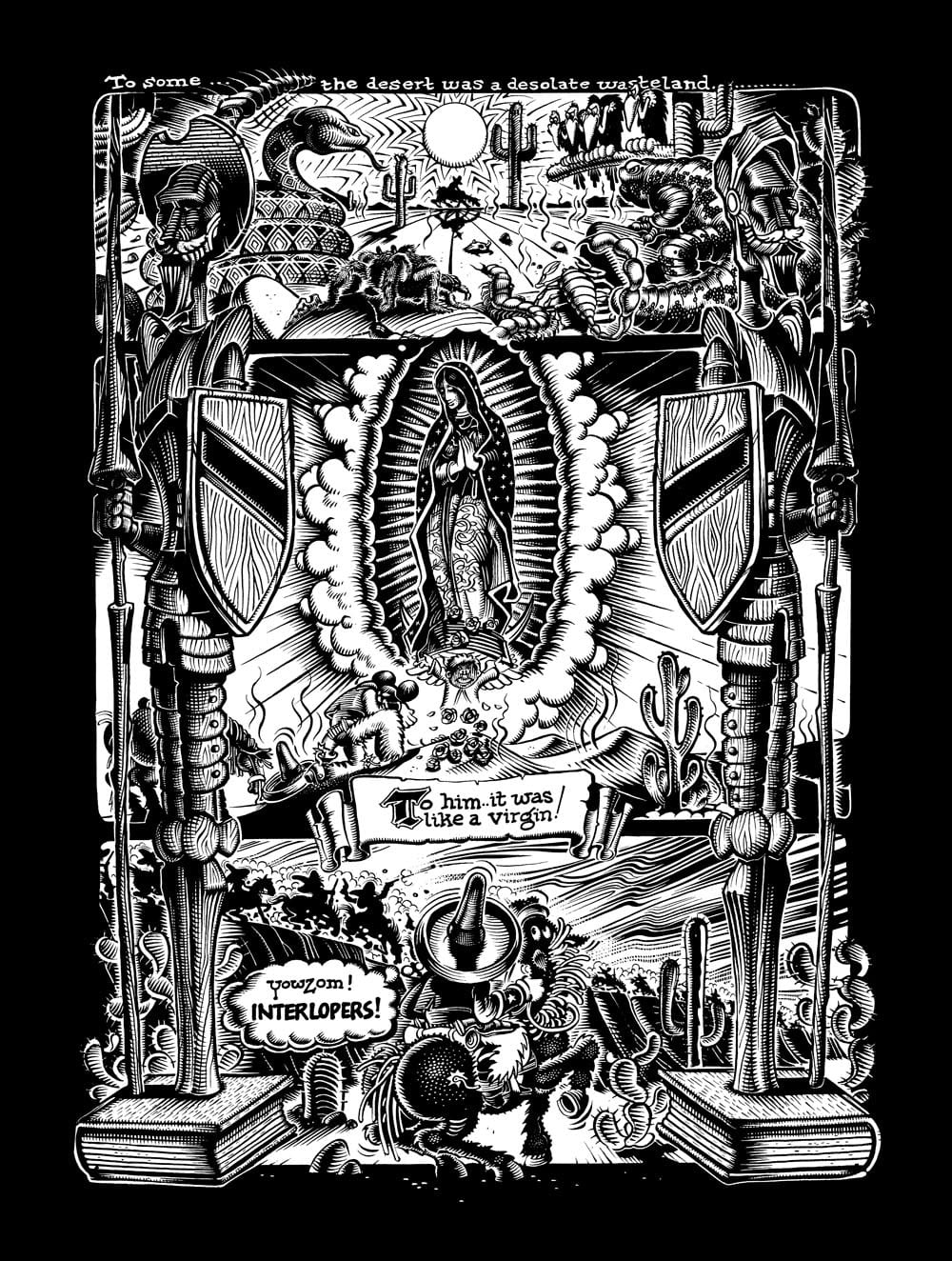
A page from Omo Bob Rides South by Rick Griffin. Source: http://www.tcj.com/reviews/the-complete-zap-comix/
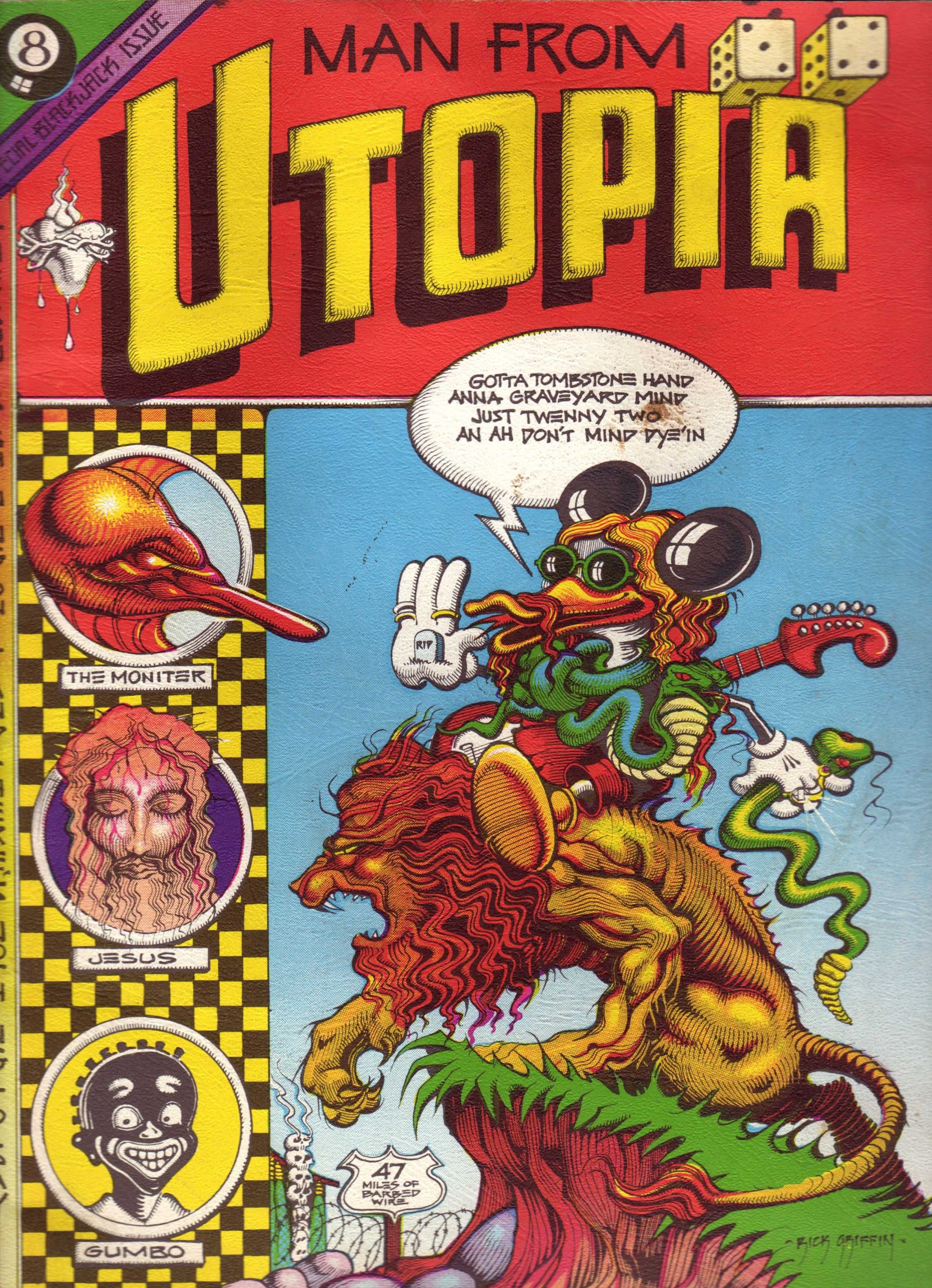
Rick Griffin’s psychedelic comic Utopia. Source: https://www.dking-gallery.com/store/GRI_ManUtopia.html
Rick graduated from Palos Verdes High school in 1962 and a year after he left home with the intention of moving to Australia. A hitchhiking accident travelling to San Francisco left his face scarred and one of his eyes severely damaged. He ended up wearing a patch over his eye for a year. After that, an iconic “eyeball” was to appear many times in his art.
Rick lived in San Clemente for the next few years, painting and surfing, during which time he created his own publication “Man From Utopia,” an untraditional, oversized comic book, packed with symbolism, including Jesus and sacred hearts, referencing Rick’s salvation. He also did artwork for the up and coming alternative Christian rock bands.
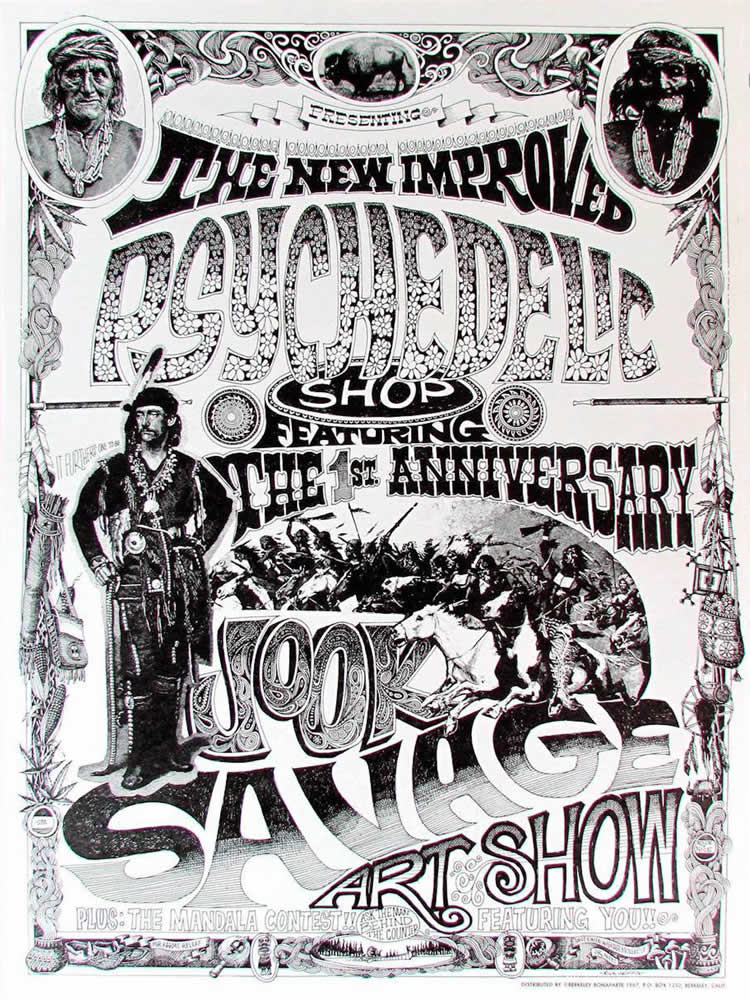
Rick decided to go to art school and he enrolled at Chouinard Art institute where he met his future wife, Ida Pfefferle, a “surfer girl”, by the way she wore her hair. They shared a lot of interests: comic books, drawing, music and go see bands play at Hollywood nightclubs, British rock bands and folk singers like Bob Dylan and Joan Baez.
Ida became pregnant and moved to the bay area where her family lived. She rented an apartment in San Francisco where her neighbours just happened to be future poster artists: Stanley Mouse, Alton Kelly, and Bob Seidemann. In the summer of 1966 their Flaven Heather Highland Griffin daughter was born. Frustrated with the art school and the censorship of his strips he spent some time in Mexico living on the beach, eventually heading back to California to join Ida and settling down in San Francisco’s Haight-Ashbury. It was the onset of the hippy, music scene that was about to burst. It was then that Rick created one of his first psychedelic rock posters for the Jook Savages Art Show. His next commission was a poster for “Human-Be-In” in Golden Gate Park, January 14, 1967. A concentration of 20,000 people to hear Timothy Leary, Allen Ginsberg, Jerry Rubin and Lenora Kandel among others, including some rock bands like The Grateful Dead and Jefferson Airplane.
Early that year Rick Griffin was commissioned to design the logo of a new magazine, The Rolling Stone and in July that year, the Big Five (Wilson, Kelley, Mouse, Moscoso and Griffin had a solo exhibition at the uptown Moore Gallery, which generated a massive publicity, including a review in the San Francisco Chronicle. On September 1, 1967, Rick, alongside the Big Five, except Mouse, was featured in a LIFE cover story called “The Great Poster Wave”. In addition, Robert Crumb, the famous American counterculture cartoonist, author of Fritz the Cat strips published in the men’s magazine Cavalier invited Griffin to contribute to the second issue of Zap Comix, an underground publication labeled “Fair Warning: For Adult Intellectuals Only”. Griffin’s mutant Morning Paper poster seems to have inspired Crumb’s character in Zap#1. He also contributed with his art to Zap#2.

One particular feature in Griffin’s posters is Rick’s unique lettering style. He used that style on the first posters he designed in San Francisco, a slab serif style, but his lettering became more visually exorbitant as psychedelics influenced his creative style.
Griffin and a few other poster artists formed the Berkeley Bonaparte, a poster art collective that included Victor Moscoso, Stanley “Mouse” Miller, Alton Kelley, Wes Wilson and Rick, a group of artist that became known as “The Big Five”, creators of poster psychedelia. As a distribution agency they produced and sold psychedelic poster art.
Rick was a perfectionist and as a prolific artist who created concert posters, surf art, album covers, comic art, Christian art and other miscellaneous art works.
At noon on August 15th, 1991 Rick Griffin had a motorcycle accident in Petaluma, California and passed away three days later from major head injuries at the age of 47. He was a true visionary, gifted with outstanding talent.
Holly Myers wrote: “The gap between an artist like Griffin and those in the “capital-A club” is one of context, not talent, and if Griffin’s peg does not fit in that hole, carving new holes seems more interesting anyway. Plus Griffin’s club is probably a lot more fun.”(8)
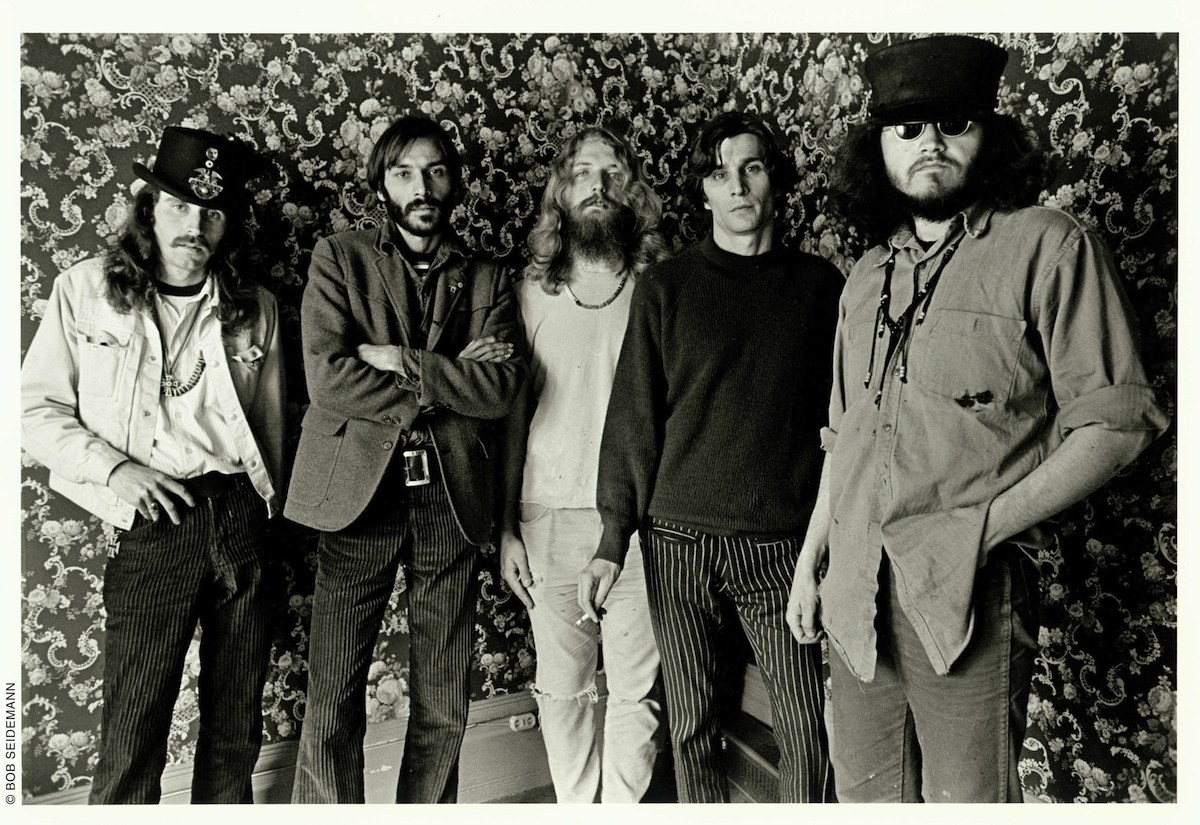
SOURCES:
1.- https://www.rickgriffindesignd.com
2.- https://www.classicposters.com/artist/rick-griffin
3.- https://clubofthewaves.com/feature/rick-griffin/
4.- https:/www.rickgriffindesigns.com/media-fuel-tv-video-2007
5.- Barilotti, Steve, “Warrior’s Wake”, SURFER magazine, vol.33, Issue 1
6- Surf, “60’s Psychedelia and Born Again. The Trinity of Artist Rick Griffin” by JP. https:www.rickgriffindesigns.com/media-the-selvedge-yard-2009.
7- Davis, Erik, “Rick Griffin, Superstar”, Pop Arcana, June 24, 2012
8- Myers, Holly, “Shaman with a Fun Side”, Los Angeles Times, July 3, 2007
9- www.myraltis.co.uk/rickgriffin/
10- rickgriffindesigns.com (family-run website)
11- McClelland, Gordon. The Art of Rick Griffin. Perigee Paper Tiger, 1980. Reprinted by Last Gasp, 2001.
12- Harvey, Doug, edited by Susan Anderson. Heart and Torch: Rick Griffin’s Transcendence. Laguna Art Museum, Gingko Press, 2007.